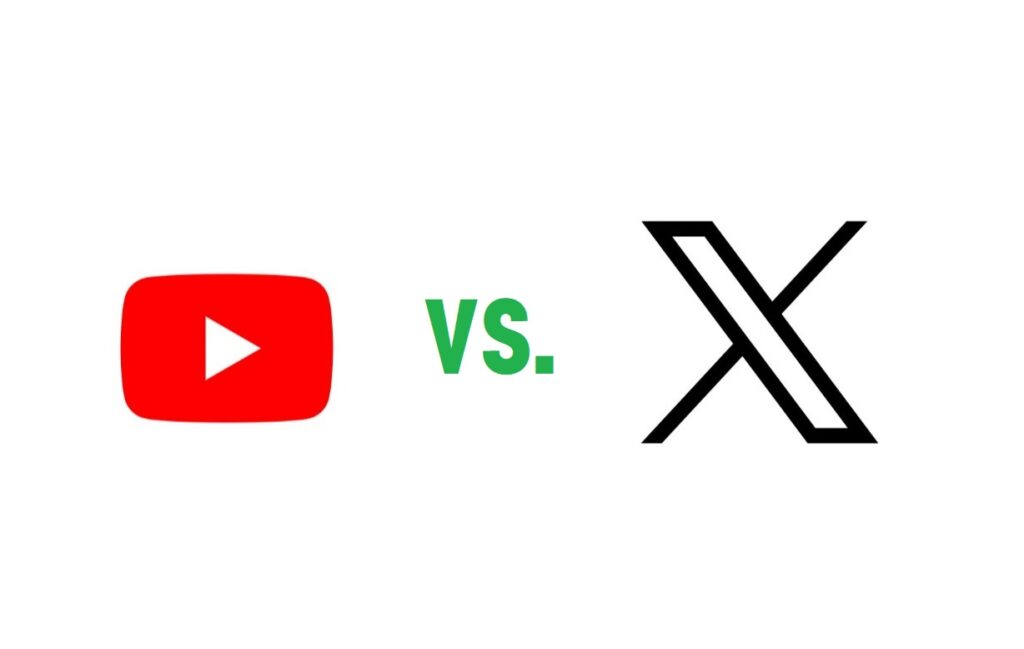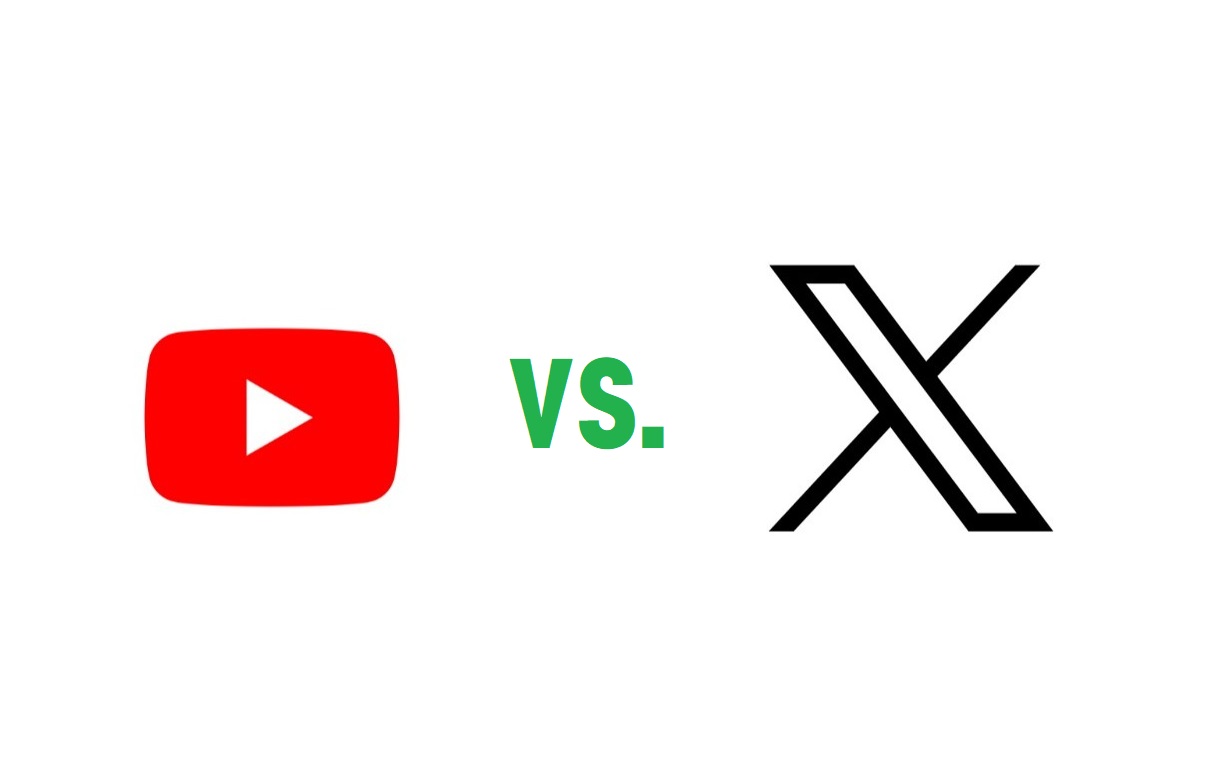In the ever-evolving landscape of social media, the metrics used to gauge the success of content have become increasingly intricate. It’s not just about how many people have seen your post or video; it’s about understanding the fundamental differences between views and impressions. We’ll delve deep into this topic and explore why these distinctions matter, using real-world examples to shed light on the nuances of platforms like YouTube and Twitter.
Views vs. Impressions: The Great Divide
Let’s start by clarifying the stark contrast between views and impressions, as these terms can be bewildering, especially for content creators trying to decipher their reach on various social media platforms.
Views:
- YouTube, the reigning king of video content, has its own interpretation of what constitutes a view. It’s not merely a glance; a viewer must engage with the content for a certain duration, typically 3 to 30 seconds, for it to be counted as a view.
- The YouTube view metric gives a more profound indication of user engagement. After all, someone who watches only a few seconds of your video may not be as invested as someone who watches it in its entirety.
Impressions:
- Twitter, on the other hand, uses a broader term, “impressions,” which encompasses the number of times a post has been seen. This definition is akin to an impression in the traditional advertising world—a mere glimpse.
- Impressions don’t discriminate between a quick scroll-past and a genuine interaction with the content.
Here’s a quick comparison of YouTube and Twitter’s metrics:
| Platform | Views | Impressions |
|---|---|---|
| YouTube | 1.2M | N/A |
| N/A | 28M |
As evident from the table, YouTube focuses on measuring user engagement, whereas Twitter casts a wider net to capture the number of times a post appeared on users’ screens.
The Value of Engagement
Now, let’s talk about the significance of engagement metrics, such as likes and retweets, in assessing the actual impact of your content.
YouTube vs. Twitter Engagement:
- On Twitter, the number of likes and retweets can be a more accurate indicator of your content’s reach than the sheer number of impressions. A post that garners a high number of likes and retweets suggests that people not only saw it but also engaged with it.
- YouTube provides valuable insights by displaying both impressions and views. In many cases, views turn out to be approximately 10% of impressions, indicating that a significant portion of users merely glanced at the content.
Here’s a table showcasing the engagement metrics on both platforms:
| Platform | Likes | Retweets | Engagement Rate |
|---|---|---|---|
| YouTube | 73K | N/A | N/A |
| 42K | N/A | N/A |
As a content creator, understanding these metrics can help you gauge the true impact of your work and tailor your content strategy accordingly.
The Platform Paradox: Counting Views Differently
One of the perplexing aspects of social media is that views are not universally defined across platforms. Each platform has its own criteria for what constitutes a view, making direct comparisons challenging.
YouTube’s View Definition:
- YouTube sets a threshold for counting views. While the exact duration required remains a closely guarded secret, it typically ranges from 3 to 30 seconds.
- This means that a viewer must engage with a video for a significant period before it qualifies as a view. This approach prioritizes quality over quantity.
Twitter’s View Definition:
- Twitter takes a different approach by counting every time a post is seen, regardless of the duration or depth of interaction.
- In Twitter’s terminology, a view is essentially an impression, and it encompasses a wide spectrum of user interactions, from a mere scroll-past to a full click and engagement.
To illustrate the disparities, consider the scenario where Twitter adopted YouTube’s view criteria. If Twitter defined views in the same way as YouTube, the 28 million impressions would likely shrink to around 3 million views. While this would still be impressive, it underscores the importance of understanding the nuances of each platform’s metrics.
Impressions: Twitter’s True Measure
Twitter’s use of impressions rather than views is a choice that reflects the platform’s emphasis on rapid, real-time content consumption.
Twitter Impressions:
- Impressions are a well-understood concept in the realm of advertising. They represent the number of times a post is displayed on users’ screens.
- Twitter’s choice to use impressions aligns with its fast-paced, scrolling nature, where users may not spend as much time with each post as they would on a platform like YouTube.
In this context, it’s important to recognize that Twitter’s metric is not intended to measure video views but post impressions. Understanding this distinction can provide content creators with a clearer picture of their content’s visibility on the platform.
YouTube’s Impact on Creators
YouTube’s robust advertising ecosystem has enabled many content creators to turn their passion into a profession. The platform’s revenue-sharing model, where creators earn a portion of the ad revenue generated from their videos, has been a game-changer.
YouTube Monetization:
- YouTube’s monetization is primarily driven by ads that play before, during, or after videos. Creators can earn a share of the revenue generated from these ads based on factors like ad viewability and audience engagement.
- Advertisers on YouTube are willing to pay for views because they can be confident that viewers have spent a substantial amount of time engaging with the content.
However, for emerging platforms like X to compete with YouTube, they need to attract advertisers. Without a robust advertising ecosystem, it’s challenging to pay creators substantial amounts for their content. YouTube’s established position in the market and its advertising infrastructure give it a competitive edge that new entrants must contend with.

Quantity vs. Quality: The Retention Conundrum
One aspect that sets YouTube apart is its ability to retain viewers for extended periods. Content creators often measure the success of their videos by looking at audience retention rates, which indicate how long viewers stayed engaged.
YouTube Retention vs. X:
- On YouTube, it’s not uncommon for creators to achieve 30-40% audience retention, meaning that a significant portion of viewers watches the video until the end.
- In contrast, X struggles to maintain high retention rates, with some creators lucky to reach 3%.
The stark contrast in retention rates between YouTube and X highlights the importance of not just chasing views or impressions but ensuring that viewers are genuinely interested and engaged with the content. After all, more views or impressions mean little if the audience isn’t actually watching and absorbing the content.
The Auto-play Advantage
Another factor that affects viewer engagement is the auto-play feature, which both YouTube and Twitter handle differently.
Auto-play on YouTube:
- YouTube automatically plays suggested videos in a seemingly endless loop after the current video ends. This encourages viewers to continue watching and engaging with content.
- Even if viewers are not actively selecting each video, the autoplay feature ensures that ads play and creators receive credit for the extended viewing time.
Twitter’s Age Demographic:
- Twitter’s user demographic tends to be older compared to platforms like YouTube, which attract a more diverse age range. This can impact the way users engage with content and ads.
- The age demographic can influence ad relevance and viewer behavior, making it a crucial consideration for advertisers and creators.
The Bottom Line
In the world of social media metrics, views and impressions are not one-size-fits-all concepts. Each platform has its own criteria for counting views, making it essential for content creators to understand these nuances.
When assessing the impact of your content, don’t solely focus on the quantity of views or impressions. Instead, consider engagement metrics like likes, retweets, and audience retention. These indicators provide a more accurate picture of how your audience is interacting with your content.
While YouTube’s monetization model is well-established, newer platforms like X face the challenge of attracting advertisers before they can offer substantial payouts to creators.
In the end, the success of a content creator isn’t just about numbers; it’s about creating content that resonates with the audience and keeps them engaged. Whether it’s on YouTube, Twitter, or emerging platforms, quality content will always stand out amid the digital noise.
Key Takeaways
- Views and impressions are distinct metrics on social media platforms, with YouTube focusing on engagement and Twitter casting a wider net.
- Engagement metrics like likes, retweets, and audience retention provide valuable insights into content impact.
- YouTube’s established advertising ecosystem gives it an edge in paying creators, while newer platforms like X need to attract advertisers to compete.
- The quality of views and audience retention is more important than sheer quantity.
- Auto-play features on platforms like YouTube can boost engagement, and demographics play a role in viewer behavior.













